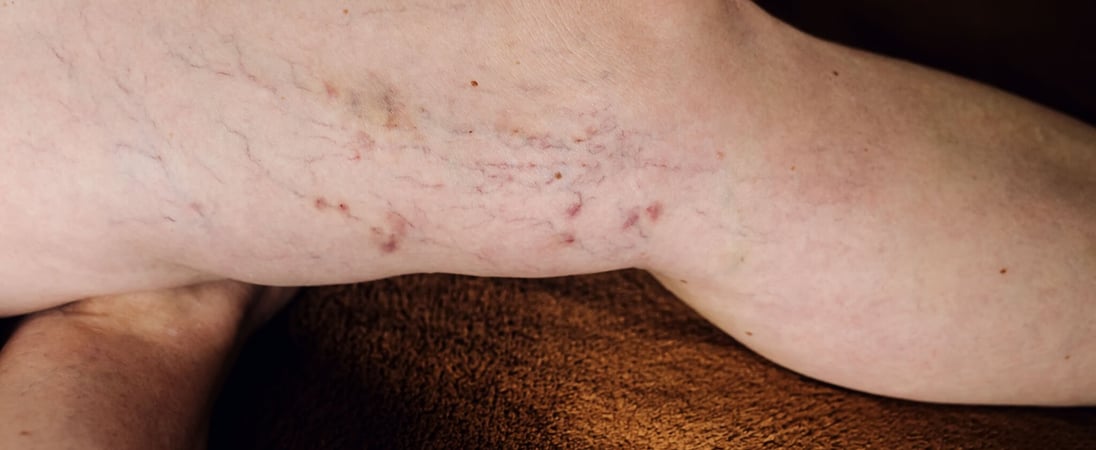
Deep Vein Thrombosis (DVT) Awareness Month
Deep Vein Thrombosis (DVT) Awareness Month is dedicated to educating the public about DVT, a condition where blood clots form in deep veins, often in the legs.
This awareness month highlights the dangers of DVT and its potentially fatal complication, pulmonary embolism.
Many people remain unaware of the risks, symptoms, and preventive measures related to DVT. During this month, health organizations aim to increase understanding, encourage early detection, and promote preventative actions to reduce the incidence of this condition.
Reasons for Celebrating Deep Vein Thrombosis (DVT) Awareness Month
Celebrating DVT Awareness Month helps save lives by informing people about the warning signs and risks associated with DVT. Knowing symptoms like leg pain, swelling, and redness can prompt individuals to seek timely medical attention.
Awareness efforts also focus on prevention strategies, such as staying active, maintaining a healthy weight, and recognizing risk factors like prolonged immobility or certain medications.
By spreading knowledge, we can reduce the number of DVT cases and improve outcomes for those affected by this serious condition.
History of Deep Vein Thrombosis (DVT) Awareness Month
Deep Vein Thrombosis (DVT) Awareness Month was established in 2003 by the Coalition to Prevent Deep Vein Thrombosis.
This initiative began after journalist David Bloom’s unexpected death from a pulmonary embolism caused by DVT while he was reporting on the Iraq war.
His wife, Melanie Bloom, became a prominent advocate for raising awareness about DVT. Her efforts significantly contributed to the formation of this awareness month.
The goal of DVT Awareness Month is to educate the public and healthcare professionals about the risks, symptoms, and prevention of DVT. The campaign emphasizes the importance of recognizing signs like leg pain, swelling, and redness, which can prevent serious complications.
Over the years, various health organizations have joined this effort, promoting screenings, sharing survivor stories, and providing resources to increase awareness and improve early detection of DVT.
How to Celebrate Deep Vein Thrombosis (DVT)
Get Active and Move!
Encourage friends and family to join a daily walk or exercise session. Movement helps prevent blood clots and keeps everyone healthy. Mix it up with some dance routines or a fun bike ride. Staying active is key!
Wear Red Day
Put on a red outfit and tell others why. Red symbolizes the fight against DVT. Share information about blood clots and their symptoms with coworkers, neighbors or through social media. Spread the word with style!
Host a Healthy Potluck
Invite friends for a potluck with heart-healthy dishes. Discuss how a balanced diet can help prevent DVT. Try new recipes rich in fiber and low in unhealthy fats. Sharing tasty, nutritious food is both fun and educational.
Social Media Blast
Use platforms like Facebook, Twitter, or Instagram to post facts about DVT. Share personal stories or statistics that highlight the importance of awareness. Use hashtags like #DVTawareness and #StoptheClot to reach a wider audience.
Virtual Awareness Event
Organize a virtual seminar or webinar with a health expert to learn about the risks, symptoms, and prevention of DVT. Invite friends and family to join. Knowledge is power, and sharing it can save lives.
Also in ...
View all holidaysNational Barista Day
They create magic in a cup, transforming simple beans into a delicious pick-me-up. From latte art to custom blends, they're the coffee wizards!
Share a Smile Day
Spreading happiness with a simple, friendly expression, lighting up someone's day with warmth and positivity.
National Minnesota Day
A land of lakes, forests, and vibrant cities, offering outdoor adventures, cultural delights, and a friendly spirit that's uniquely its own.
We think you may also like...
National Celiac Disease Awareness Day
What would life be without bread and other glutens? For those with Celiac’s, that’s every day. Try going a day without gluten to see how difficult this diet is.
SUDEP Action Day
SUDEP is a sudden death that affects those with epilepsy. While there is no cure, awareness can lead to prevention and better treatments.








